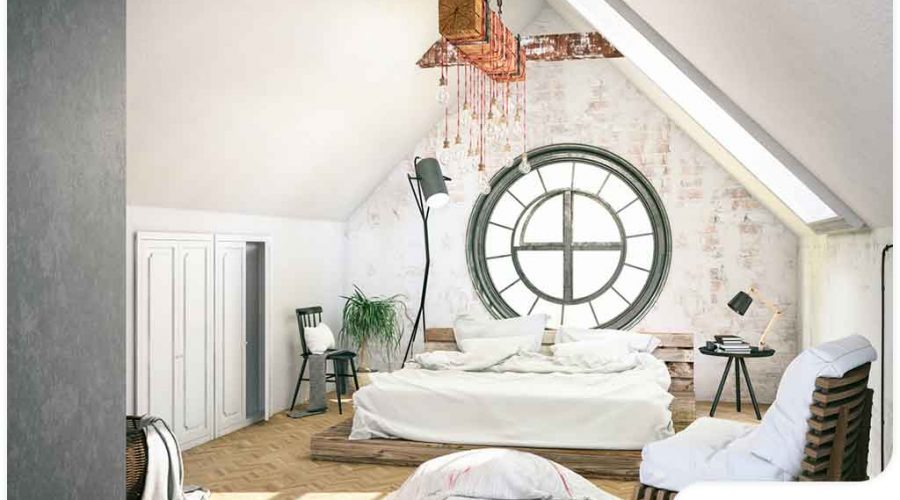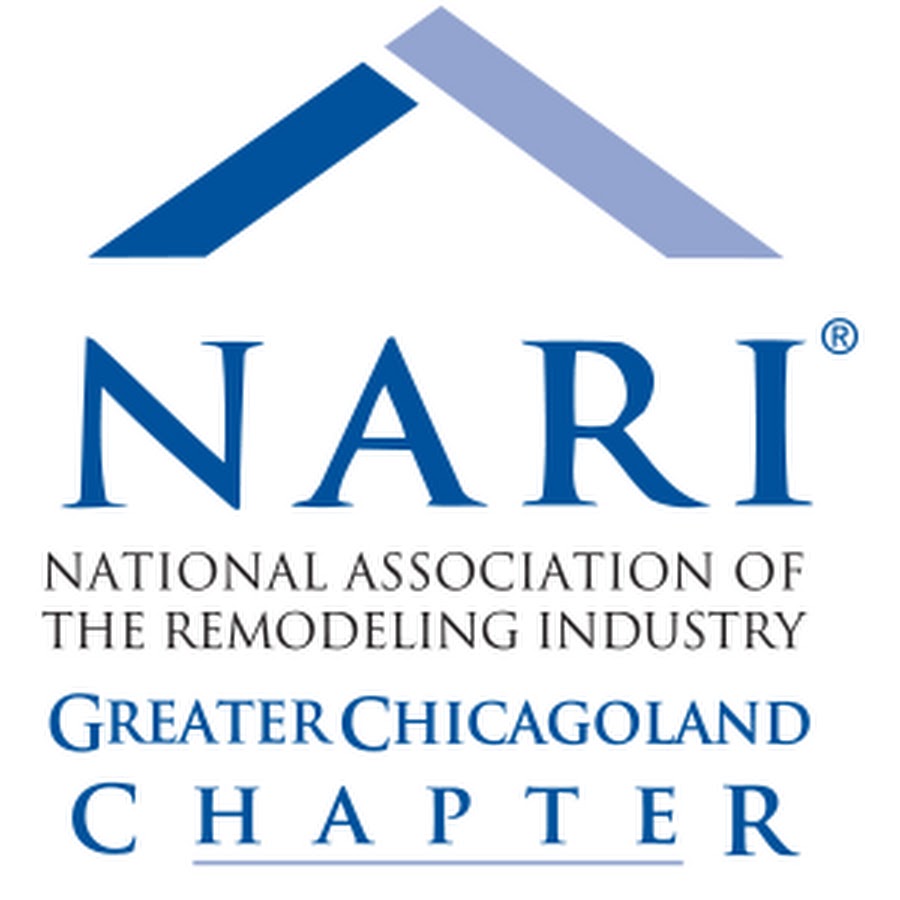
Most households use the attic as storage space. However, there are more practical uses for your attic if you need more living area. You can convert it into a bedroom or a home office to help increase your productivity at home.
Keep in mind that converting your attic isn’t as straightforward as it seems. For one thing, you need to make sure your attic and home renovation project follows local building codes. To help you get started, here are the do’s and don’ts of attic conversion to keep in mind.
Research Local Building Code Requirements
Not all attics can be converted into a bedroom or a home office. The minimum space requirements tend to vary depending on the area but, in general, your attic must have a minimum floor space of 70 square feet and must stretch at least seven feet in any direction. As for the height of the attic, at least half of the usable floor should have a ceiling height of at least 7.5 feet.
Project Planning Tip: At first glance, how can you tell if your attic has enough space? By looking at the roof framing. Conventional trusses or roof support zigzag through the attic, taking up valuable space, so attics under a roof with conventional trusses will most likely lack enough space. To increase the ceiling height, you might need to have your roof modified. If, on the other hand, your home’s roof is supported by attic trusses, your attic will most likely have enough space. Attic trusses don’t require webbing or structural support, freeing up valuable attic space.
The only sure way to know if your attic can be converted is to consult a professional home remodeling contractor.
Make Sure Your Attic Is Well-Insulated
Inadequate attic insulation is a relatively common (and costly) issue, which is why you need to make sure your finished attic is well-insulated. Otherwise, you may find it hard to really enjoy your new bedroom or home office, not to mention your heating and cooling costs will be higher.
Soundproof the Attic Floors
If you’re sensitive about privacy and noise, you might want to cushion the attic floors. Doing so prevents attic noise from reverberating throughout the lower levels of your home. Something as simple as carpeting or area rugs can reduce sound transmission, but if you want to further soundproof an attic floor, consult an interior remodeling contractor about your options.
Let’s Start a Conversation!
DreamMaker Bath & Kitchen of Orland Park offers a wide range of professional remodeling services. To get started with a no-obligation consultation, call us at (708) 320-3417 or submit our online form. We serve homeowners in Orland Park, Tinley Park and Palos Heights, as well as the surrounding communities.








